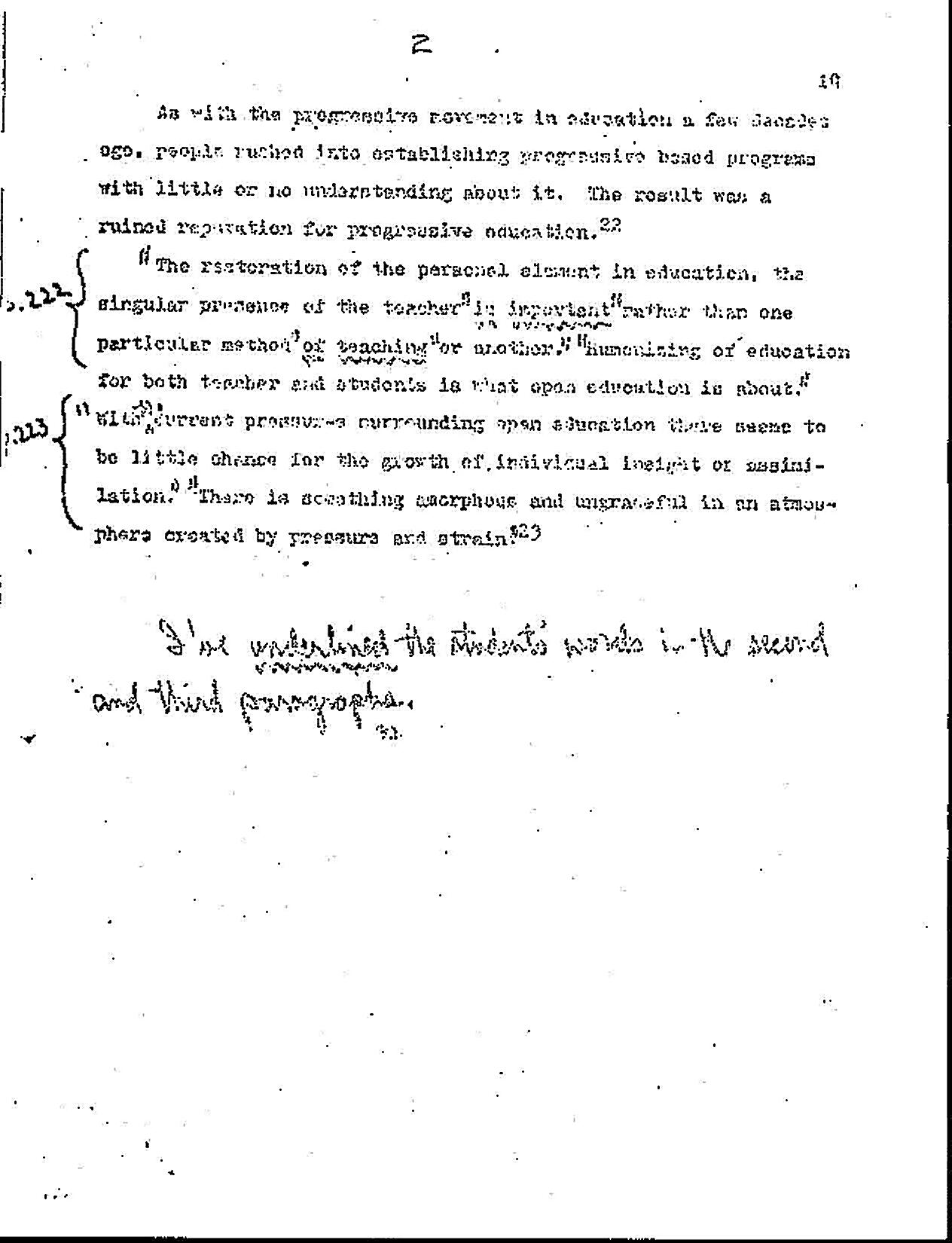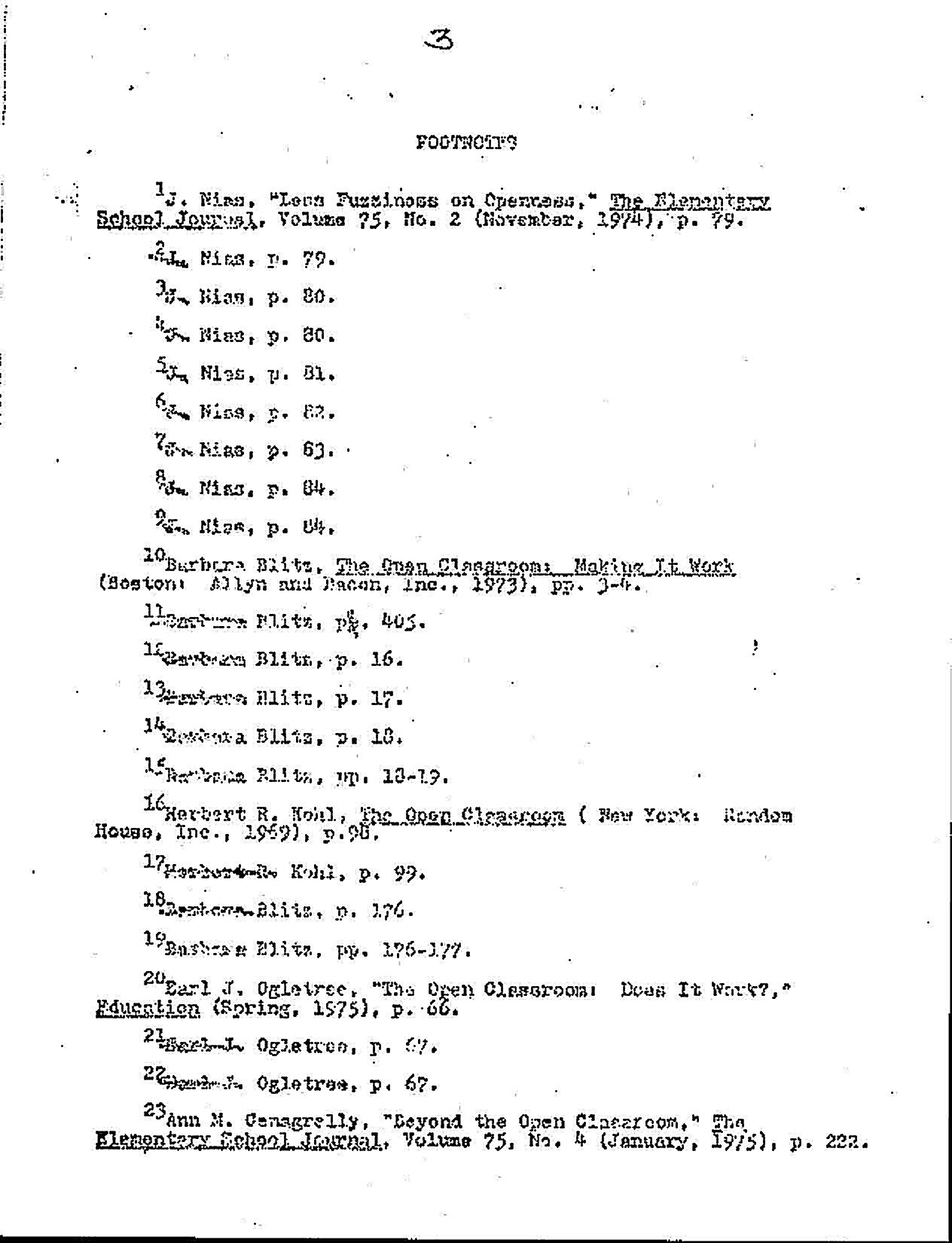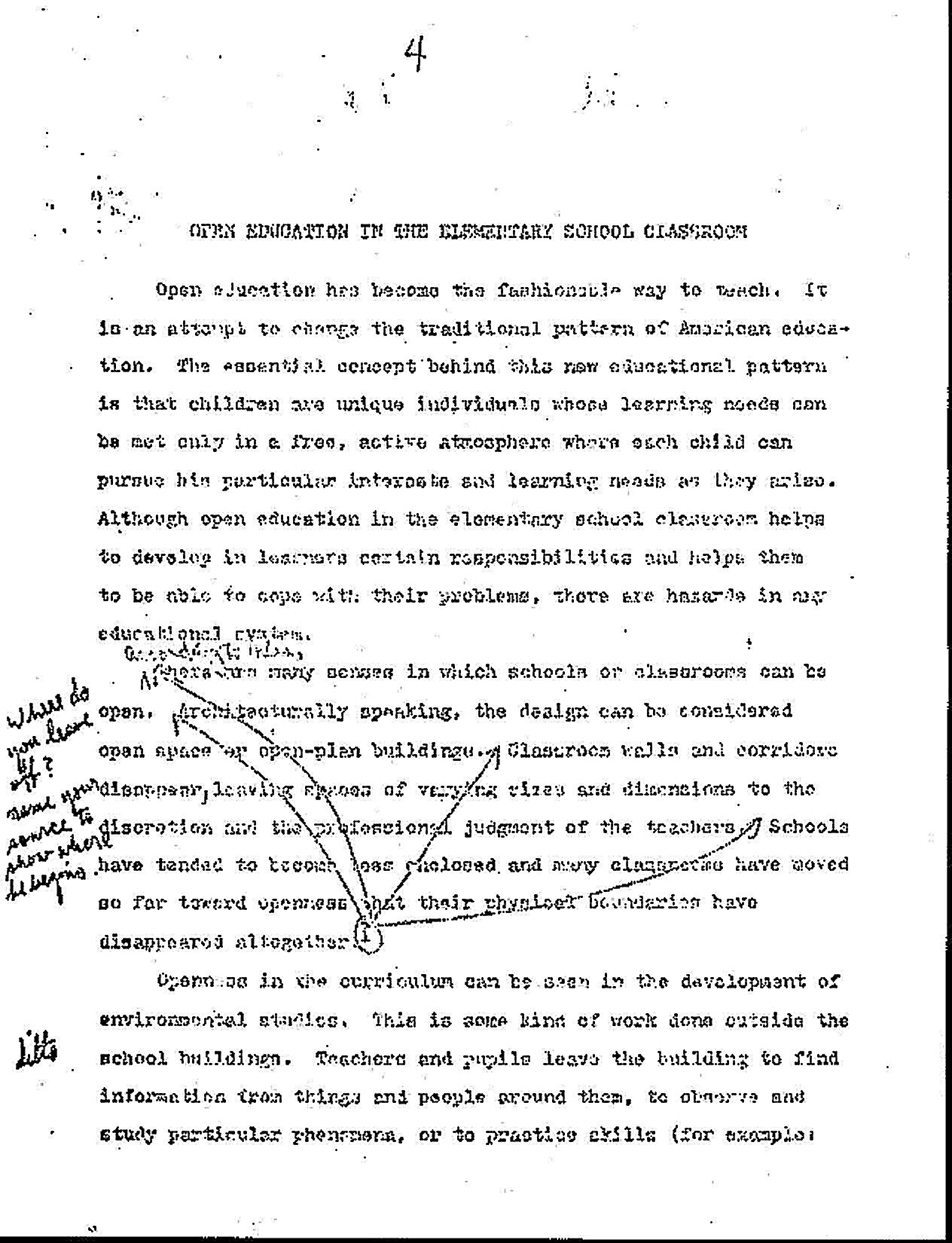
Don Maxwell
English 111
Three Major Errors in Research Writing
ERROR #1
On the next page, there is a classic example
of unintentional plagiarism. The student no doubt thought that these
lines
were paraphrases and that therefore no quotation marks were necessary.
But they smelled fishy to me, so I made a quick trip to the periodical
section of the library. Sure enough, the paragraph ending with the note
number 23 contained only four words that were written by the student.
All
the rest were plagiarized– unattributed direct quotations, as I've
indicated
by inserting quotation marks.

(It turned out that the plagiarized words came
not from one page, as the student had indicated, but from two pages;
therefore,
note 23 is doubly inaccurate. But that's a comparatively minor problem.)
ERROR #2
The fundamental problem with this student's paper
is that it's patched together from little squibs taken word for word
from
different places in different books and articles. Therefore, the paper
is neither an open report of the student's investigation of the topic,
nor is it an essay based on the ideas and information derived from the
investigation. Instead, the paper IS those ideas and
information--an
assemblage of them--but presented in the form of an original essay.
Hence,
in the reader's view, the paper misrepresents itself, even though the
student
probably thought it was honest. Unfortunately, the student had not
recognized
that her subject–“Open Education in the Elementary Classroom”–is
controversial, and that there is little agreement about it. She assumed
that whatever she read was the truth.

One of the tip-offs is the notes. There's a
long
run of references to Nias--a tip-off that Nias "wrote" the first few
pages
of this paper. Then there's a run of Blitz, and so on. (Note 23 begins
a long run of Genegrelly.) These long runs of notes from one source
almost
always mean that a paper is either an inept report, or a plagiarized
patchwork--but
not an original essay. The student is repeating, not writing, and has
settled
for ONE person's statements about each aspect of the topic,
instead
of trying to evaluate what many persons have said about it.
ERROR #3
On the first page of the student's essay (page
4 here) you see a less serious plagiarism problem, one easily corrected
simply by inserting the source's name at the beginning of what he said.
Do this for indirect quotations (Nias says that . . .), for paraphrases
(ideas you state in your own words), for summaries, and of course, for
direct quotations (the source's own words, given exactly as in the
original).
The only time you can get away with not naming your sources in this
manner
is when you're merely giving a little background information that is
not
directly related to your thesis, or in an obvious report of lots of
data
that you're clearly not interpreting. Even a popular article or
informal
essay, if it's well written, will give the source's name at the
beginning
of every reference, although it probably won't have footnotes or a
bibliography.
